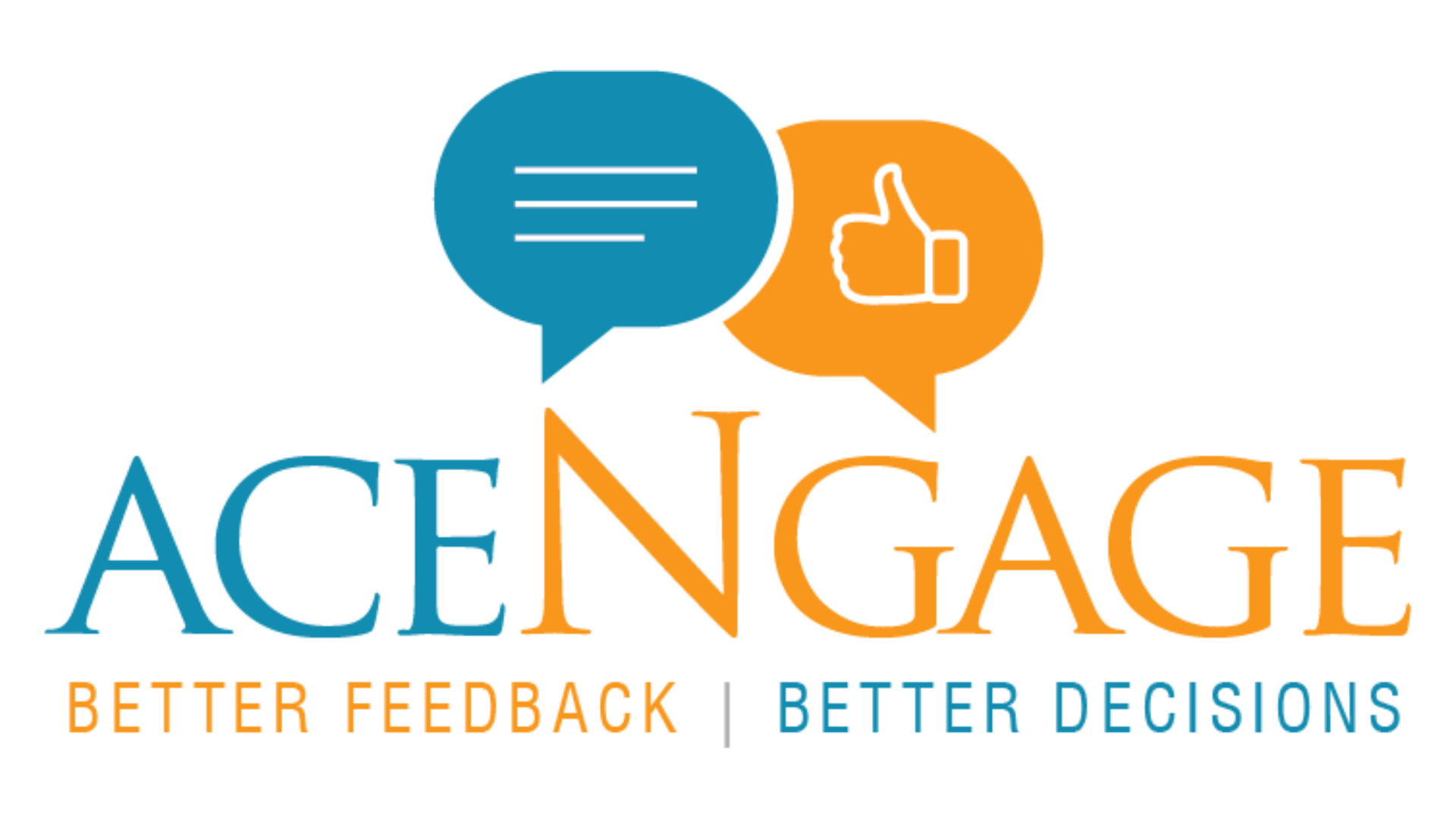[vc_row row_type=”row” text_align=”left”][vc_column][vc_row_inner][vc_column_inner][vc_column_text]In the dynamic landscape of the modern workplace, artificial intelligence (AI) stands as a transformative force. However, it’s essential to acknowledge the limitations of AI, particularly in the Walk of employee engagement. This article explores the challenges posed by AI and emphasizes the indispensable role of the human element in fostering genuine employee engagement.
[/vc_column_text][ultimate_spacer height=”20″][/vc_column_inner][/vc_row_inner][vc_row_inner][vc_column_inner][vc_column_text]
The Limitations of AI in Employee Engagement
While AI excels in processing data and automating tasks, it lacks emotional intelligence.
- Lack of Empathy: AI lacks the ability to truly understand and empathize with human emotions. While it can analyze data related to employee behavior, it may struggle to comprehend the underlying emotions or reasons behind those behaviors. This limitation hinders AI’s capacity to provide genuine emotional support or respond appropriately to delicate situations.
- Inability to Interpret Non-Verbal Cues: A significant portion of human communication is non-verbal, including body language, facial expressions, and tone of voice. AI systems may find it challenging to interpret these non-verbal cues accurately, missing crucial information about employee moods, engagement levels, or job satisfaction that would be apparent to a human observer.
- Complexity of Human Relationships: Workplace dynamics involve intricate relationships, alliances, and hierarchies that can be difficult for AI to navigate. Understanding the subtleties of interpersonal connections, office politics, and the impact of personal relationships on work performance is beyond the current capabilities of AI systems.
- Contextual Understanding: AI often struggles with contextual comprehension, especially in situations where the context is ambiguous or rapidly changing. Employee engagement is highly influenced by the context of specific projects, team dynamics, and organizational culture, and AI may not always grasp the nuances of these contextual factors.
- Ethical Concerns and Privacy Issues: Implementing AI in employee engagement may raise ethical concerns related to privacy and data security. Employees may be wary of AI systems collecting and analyzing their personal data, leading to a lack of trust and resistance to engagement initiatives. Maintaining a balance between AI-driven insights and individual privacy is a delicate challenge.
[/vc_column_text][/vc_column_inner][/vc_row_inner][ultimate_spacer height=”20″][vc_column_text]
The Importance of the Human Element
The essence of employee engagement lies in emotional connections and human interactions. The intuitive understanding that humans bring to the table is irreplaceable, contributing to a positive work environment and a sense of belonging. Recent data reveals that 70% of employees express concern about bias in AI decision-making processes, emphasizing the need for ethical guidelines.[/vc_column_text][ultimate_spacer height=”20″][vc_row_inner][vc_column_inner][vc_column_text]
Overcoming AI’s Shortcomings
To bridge the gap between AI and genuine employee engagement, organizations must devise strategies to integrate human elements into AI systems. This involves striking a delicate balance, leveraging technology for efficiency while preserving the essential human touch.
[/vc_column_text][ultimate_spacer height=”20″][/vc_column_inner][/vc_row_inner][vc_row_inner][vc_column_inner][vc_column_text]
Building Trust through Personal Interaction
Trust is a cornerstone of employee engagement, and personal interaction is a powerful tool for building and maintaining trust. Humanizing AI involves transparent communication about its role, addressing employee concerns, and fostering an environment where open dialogue is encouraged.
[/vc_column_text][/vc_column_inner][/vc_row_inner][ultimate_spacer height=”20″][vc_row_inner][vc_column_inner][vc_column_text]
Customizing AI Solutions for Individual Needs
Recognizing the diversity of employee preferences and needs, organizations should focus on customizing AI solutions. Tailoring tools to accommodate individual differences enhances the overall employee experience and contributes to a more personalized and engaging workplace.
The need to reintroduce the human touch in Human Resources, particularly when it comes to recording and managing employee engagement. While AI tools have made significant strides in data processing and automation, the nuances of human emotions and interactions remain a realm best understood by trained psychologists.
Depth of Emotional Understanding: Psychologists bring a depth of emotional understanding that surpasses the capabilities of AI tools. They are trained to interpret not only explicit verbal expressions but also subtle non-verbal cues, allowing for a comprehensive grasp of employee sentiments, concerns, and overall well-being.
Personalized Insights and Interventions: Unlike AI, psychologists excel in providing personalized insights and interventions. They can delve into the unique psychological profiles of employees, tailoring engagement strategies to individual needs. This personalized approach fosters a deeper connection and a more meaningful impact on employee satisfaction and performance.
Effective Communication and Conflict Resolution: Human Resources is not just about data analysis; it involves effective communication and conflict resolution. Psychologists are skilled in facilitating open and constructive dialogues, mediating conflicts, and promoting a positive workplace culture—a dimension where AI tools may fall short due to their inability to navigate the intricacies of human emotions and interpersonal dynamics.
Contextual Flexibility: Psychologists possess the ability to adapt their methods to the specific context of an organization. They can understand the unique culture, challenges, and dynamics of a workplace, offering tailored solutions that go beyond the one-size-fits-all approach often associated with AI-driven initiatives.
Building Trust and Rapport: Trust is a crucial element in any HR function. Psychologists are trained to build trust and rapport with employees, creating a safe space for them to express concerns and share their experiences. This human connection is vital for effective employee engagement and may be challenging for AI tools to replicate.
Ethical Considerations and Confidentiality: Psychologists adhere to strict ethical guidelines and confidentiality standards. This ensures that sensitive employee information is handled with the utmost care and respect for privacy. The human element in HR adds an ethical layer that may be harder to guarantee with AI, given concerns about data security and potential biases.
Embracing Creativity and Innovation: Employee engagement goes beyond metrics and algorithms; it involves fostering creativity and innovation within the workforce. Psychologists can contribute by designing initiatives that stimulate creative thinking, encourage collaboration, and contribute to a workplace culture that values innovation—an aspect where AI may struggle due to its inherent limitations in understanding and promoting creativity.
[/vc_column_text][ultimate_spacer height=”20″][vc_column_text]
The Ethical Dimension: Ensuring Fairness in AI
As AI continues to evolve, ethical considerations become paramount. Addressing biases in AI algorithms and establishing clear ethical guidelines are essential steps toward creating a fair and inclusive work environment that values the contributions of every individual.
[/vc_column_text][ultimate_spacer height=”20″][vc_column_text]
Nurturing Employee Growth: Upskilling and Reskilling
Empowering employees through continuous learning is a strategic approach to navigate the evolving landscape of work. Balancing AI-driven automation with opportunities for upskilling and reskilling ensures that employees remain adaptable and engaged in their professional growth.
[/vc_column_text][ultimate_spacer height=”20″][vc_single_image image=”11591″ img_size=”full” alignment=”center”][ultimate_spacer height=”20″][vc_column_text]
Humanizing AI Communication
Communication in the digital age should retain a human touch. Crafting messages that resonate emotionally with employees and avoiding robotic communication pitfalls contribute to a workplace where technology enhances rather than hinders genuine human connections.
[/vc_column_text][ultimate_spacer height=”20″][vc_column_text]
Conclusion
In conclusion, while AI brings unprecedented efficiency to the workplace, its limitations in understanding the human element necessitate a conscious effort to maintain a human touch. The future of employee engagement in the world of AI hinges on successfully blending technology with the innate qualities that make us human. Organizations that prioritize the human aspect alongside technological advancements are poised to create a workplace where both AI and employees thrive.
[/vc_column_text][/vc_column_inner][/vc_row_inner][vc_row_inner][vc_column_inner][ultimate_spacer height=”20″][ultimate_spacer height=”20″][/vc_column_inner][/vc_row_inner][vc_row_inner][vc_column_inner width=”1/2″][vc_column_text]
[/vc_column_text][/vc_column_inner][vc_column_inner width=”1/2″][vc_column_text]
[/vc_column_text][/vc_column_inner][/vc_row_inner][ultimate_spacer height=”40″][/vc_column][/vc_row]







